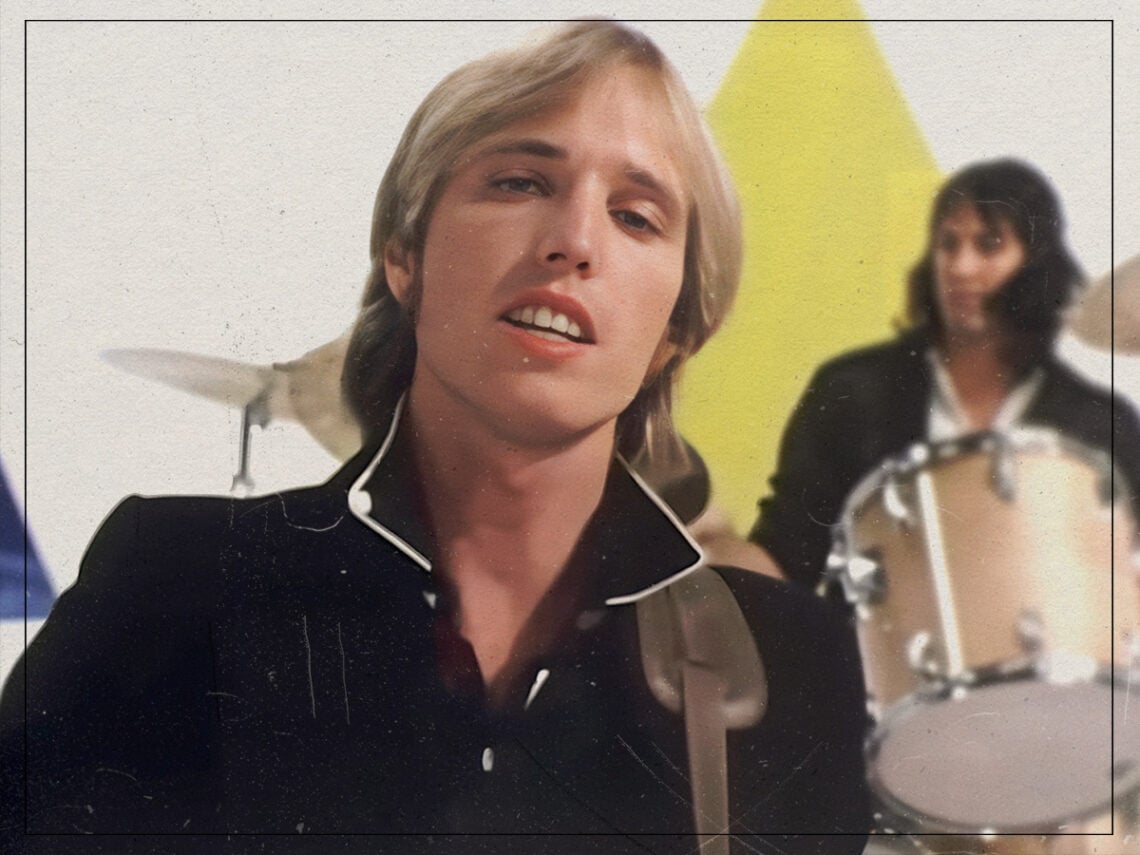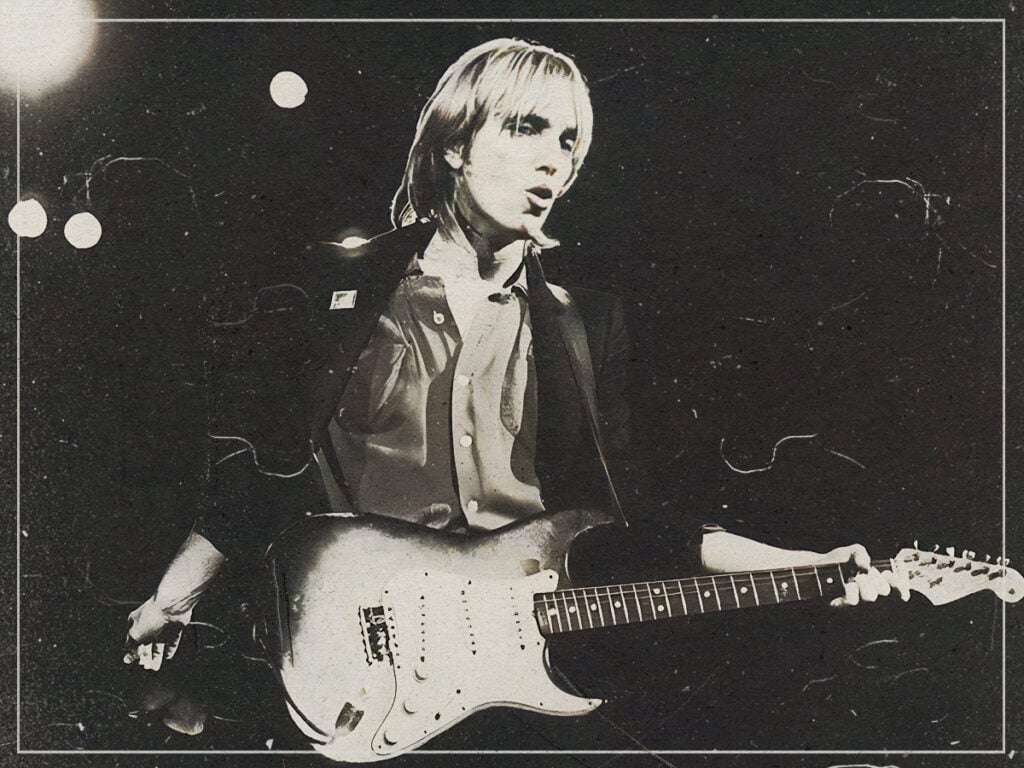
(Credits: Far Out / YouTube Still)
Sun 2 November 2025 11:20, UK
To be a musician is to be one name among a lineage of millions. From the dawn of time, rhythm and music have followed the human condition. It makes sense, then, that almost every single musician can be tracked back to a certain style or genre. Throughout his recording career, Tom Petty was indebted to rock and roll classics.
Outside of being a favourite amongst the classic rock community, Petty was more than happy to speak kindly about his influences when he was a kid, eventually striking up friendships with idols like Roy Orbison and George Harrison. Outside of his social circle, though, Petty had a soft spot for one of the low lights of rock and roll.
When Petty was first coming up, he got the bug to play rock and roll after watching western movies, becoming fascinated with the idea of playing guitar. Although Petty had no idea how he would become a guitar player, he knew he wanted to become affiliated with the business after seeing Elvis Presley film the movie Follow That Dream.
Although Petty idolised Presley for the first few years he had heard of them, he quickly began listening to the sounds of Carl Perkins. Emerging around the same time as ‘The King of Rock and Roll’, Perkins was indebted to the sounds of southern music, incorporating the now-famous bends into rock and roll that made the guitar sound like it was crying out in agony.
Perkins would even have a modest hit with the song ‘Blue Suede Shoes’ before Presley eventually adopted the song and ended up taking on most of the glory. Although the mass public may not have remembered Perkins the same way as Little Richard or Buddy Holly, Petty thought that the rock legend’s songs were immortal.
 Tom Petty on stage with his guitar.(Credits: Far Out / Tom Petty)
Tom Petty on stage with his guitar.(Credits: Far Out / Tom Petty)
When talking about his work, Petty talked about the enduring power of every Perkins song, telling Rolling Stone, “Carl Perkins’ music will outlive us all. He was an amazing guitar player. If you want to play 1950s rock and roll, you can either play like Chuck Berry or you can play like Carl Perkins.”
It wasn’t just Petty being enamoured with Perkins’s style, either. For most of The Beatles’ early years playing in Hamburg, George Harrison was one of Perkins’s biggest fans, even going by Carl Harrison as an alias when touring. Harrison would later take Perkins’s style and use it for The Beatles, adopting his country fingerstyle playing for the lead breaks in songs like ‘All My Loving’.
“He said, ‘If it hadn’t have been for your daddy, I never would have picked up a guitar,’” says Stan Perkins, once again looking back to his father’s funeral. He spoke to George Harrison on the day, who confessed it was his father who was the reason he decided to learn how to play in the first place.
When Petty started to toy with his sound in the 1990s, he would even invite Perkins to the studio, lending his skills to the song ‘Cabin Down Below’, featuring the most fiery guitar playing he had ever laid down. Although Petty was glad to keep Perkins around during a handful of gigs, Perkins was initially apprehensive about working among the new rock and rollers.
When discussing playing at The Fillmore at the time, Petty recalled: “I talked Carl into sitting in with us. Backstage, Carl was very nervous about coming out with us. He said, ‘They may not know who I am’. I said, ‘Carl, they’re going to know you and love you’. When Carl hit the stage, he just ripped the room apart.”
While Petty may have been more than happy to jam with one of his heroes, including Perkins as one of his many special guests helped expose a new generation of players to what he had to offer. Petty wasn’t just playing a show with Perkins…he was carrying on the legacy of one of the originators of rock and roll.
Related Topics

